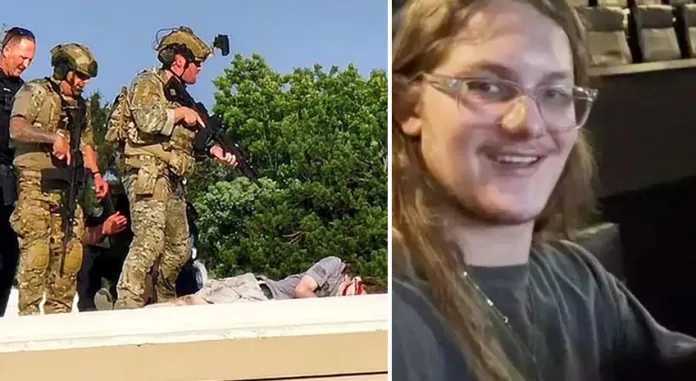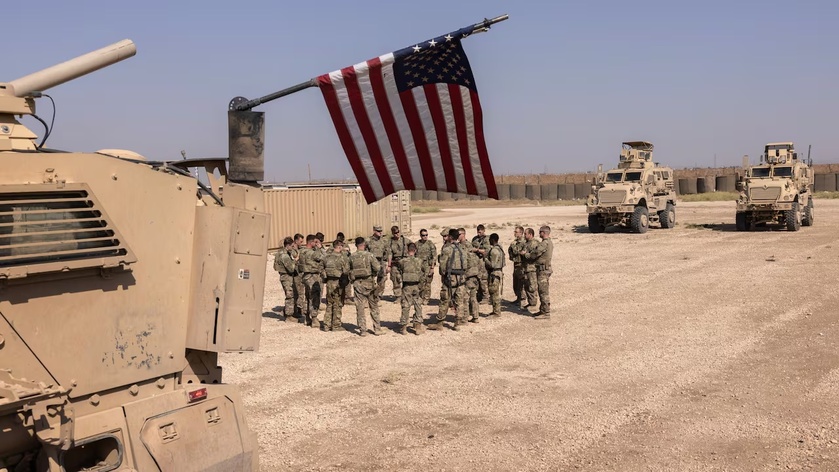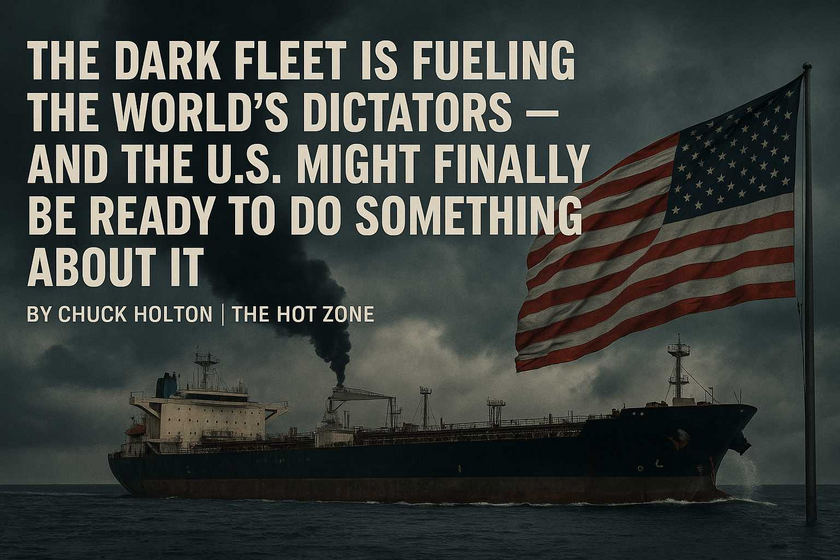Old Problem, New Threat
And God blessed them. And God said to them, “Be fruitful and multiply and fill the earth and subdue it, and have dominion over the fish of the sea and over the birds of the heavens and over every living thing that moves on the earth.” Genesis 1:28
They call themselves INCELS, or “Involuntary celibates — young men depressed by their inability to get a girlfriend. This is not a new phenomenon…after all, men have lamented their inability to snag a mate since time immemorial. When I was in school, the inability to hook up with a member of the opposite sex was probably the norm, not the exception. I guess most of us could have called ourselves “INCELS” at one time or another.
From H. Michael Karshis
But now something’s changed. The internet allows many of these guys to turn to pornography and violent video games to soothe their frustration. So much time online takes them deep into a toxic mix of loneliness and isolation.
Jared Reed is an Associate Pastor at Granite Hills Baptist Church in Reno, Nevada. When I sat down with him to discuss this issue, he said very directly, “Look, this is a problem across the country, but I believe our area is especially bad. We have so many young guys who are addicted to porn, video games, and social media. It is undoubtedly a form of slavery.”
“We’re not talking about a fun thing to do with somebody physically sitting next to you for a few minutes on a rainy afternoon,” He continued. “We’re talking about weeks poured into an immersive environment, and at a very high cost.” Reed went on to relate a story of one man who was spending as much of his limited income on video games every month as he was on rent. That’s a problem.
Young men are increasingly hanging out with friends in the virtual world via massive multiplayer online games more than they are spending time with people in the real world, “meatspace,” as some call it. Online, they can form teams, explore and conquer worlds, shoot bad guys, pilot or parachute from planes, all without leaving the well-padded, air-conditioned comfort of their bedrooms.
The Author at age ~10
When I was a kid we’d go exploring, conquering, fighting and such too. We called it “playing outside.” Believe me, the graphics were incredible. Zero-latency.
But today’s young men are not allowed to do that, even if they wanted to. A report investigating the relationship between exposure to nature and mental health1 found that the average distance a young man is allowed to roam from his home unsupervised in 2020 is only about 300 yards. Most Americans spend 93% of their time indoors! Contrast that to my grandfather’s generation, which according to this report spent more time outdoors than in, walked most everywhere and roamed up to six miles away from home unsupervised.
When I was a kid, I rode my bike everywhere. It was about four miles to our church and a little more to my best friend Shane’s house. Between going to school, doing my paper route, and visiting friends I easily racked up ten miles a day or more on my old BMX.
Today’s kids are barely allowed to leave their front lawn. Many parents would say that’s because of the threat of abduction. Some whack job or pervert is likely to grab their kid off the street and murder him. Only that’s not borne out by the data. According to a report from the federal Office of Juvenile Justice and Delinquency Prevention, of the 73.9 million children in America, only about a hundred of those are kidnapped each year by someone unknown to them. Ninety-three percent of those are eventually returned alive to their families. That means a kid in America today has a 0.00000014 chance of being kidnapped and murdered by some rando while out playing unsupervised. A kid is 1,600 times more likely to drown than be abducted.
But the mere perception of danger is enough for many American parents to treat their kids like useless toy poodles and keep them indoors, drive them anywhere they need to go, and as a result, make them much more likely to be obese, isolated, and antisocial.
Human beings were created for physical touch. We thrive on it. From breastfeeding to kissing to handshakes to wrestling to the very act of procreation, we are hard-wired to need human touch. Babies who are not held and cuddled often fail to thrive. Marriages fail, too, when there is no intimacy. Everyone needs touch.
But INCELS very often live their lives devoid of physical interaction of any kind. Their lives are spent online, connected to the entire world like never before but starving for love and physical affection. To make matters worse, they are almost universally addicted to porn, which cruelly forces them into the role of spectators to the most intimate of human touch, a constant reminder of what they don’t have. This creates in them a profound level of anger and self-loathing.
22-year-old self-described INCEL (name withheld) went on a killing spree in Isla Vista, California in 2014 to punish women who would not go out with him.
They begin to resent the world of “normies,” those people they see at school or in town who appear to have everything. They begin to hate “Chads,” who personify men who are perhaps richer or more attractive than they are, and “Stacys,” the “shallow” women who partner with them.
These INCEL men end up congregating in online chat groups at places like 4chan, and sort of stew in their own juices. They complain to each other about the inability to find a partner, about how shallow women are, and convince each other that they have a right to the kind of circus-act sexual trysts they see in pornographic movies. And because their world doesn’t readily offer up those opportunities, they come to believe the world deserves to be punished.
This is where things get dangerous.
Mark Lundgren is a former FBI agent who has been tracking this phenomenon. As we discussed it one day, he told me, “INCELS are made up of mostly white younger men who have sort of descended into a dark place on the internet, an echo chamber that is reverberating with a toxic ideology. They don’t think anything’s going to change in the world. They are extremely nihilistic and believe society needs to be punished. It’s a movement we’re seeing rise up much more significantly than we have in the past.”
Indeed we are. The FBI has identified at least four active violence attacks and forty-five deaths in the past few years that have been carried out by men adhering to INCEL ideology.
In 2014, a man identifying with the INCEL movement killed six and injured fourteen in Isla Vista, California. Before going on his rampage, he wrote, “I’ve been forced to endure an existence of loneliness, rejection, and unfulfilled desires all because girls have never been attracted to me.” He went on to say, “One day INCELS will realize their true strength and numbers, and will overthrow this oppressive feminist system. Start envisioning a world where WOMEN FEAR YOU.”
In 2015, a 26-year-old INCEL murdered nine people and wounded others before committing suicide at Umpqua Community College in Roseburg, Oregon. He, too, lamented his inability to get a girl.
In 2017, an INCEL killed two students at a high school in New Mexico before killing himself. Before the event, he wrote, “Work sucks, school sucks, life sucks. I just want out of this [expletive].”
The massacre of 17 high schoolers at Marjory Stoneman Douglas High School in Parkland, Florida, happened on Valentine’s Day, and not for no reason. The shooter has become the poster boy for many in the INCEL movement.
A mass shooting was thwarted in January 2019 in Provo, Utah, after a 27-year-old man posted the following on his social media account, “I’ve never had a girlfriend before and I’m still a virgin, this is why I’m planning on shooting up a public place soon and being the next mass shooter cause I’m ready to die and all the girls the [sic] turned me down is going to make it right by killings as many girls as I see.”
Aside from their obvious failures with women, how many of these guys do you think got zero hugs and pats on the back at home? How many of them would you think were heavily into violent video games? How many were addicted to online porn? If you guessed all of them, you’d be right.
But these kinds of addictions aren’t just the domain of unemployed losers who are one step from plunging over the brink. In our interview, Pastor Jared said, “Of the men I’ve counseled over the past five years, I cannot recall one for whom pornography isn’t a struggle. And we’re not just talking about young single men. I’ve counseled men from 17 to 75 who were struggling with porn addiction.”
Two young men from his church agreed to share their journey away from these addictions with me. Carson and Allen (not their real names) both struggled with video games and porn addiction.
Carson, age 37 and now married told me, “Video games definitely make you more reclusive, just by their nature, and made me less sociable. With pornography I’d say looking back it gave me unbelievably high expectations that no woman would be able to achieve.”
His buddy Austin, age 20 said of the games he used to play, “It’s all violence. And for me, a lot of those video games they make you angry. And you might play for a couple of hours and maybe you don’t win and you just…it just leaves me mad and it just kind of sets the tone for the rest of the day.”
This underscores why human interaction and especially human touch are so important. Mark Lundgren agreed. “Without community surrounding us,” he said, “We can go so deep into the internet, so isolated, so without hope, so dark and that I think can absolutely be a tool of strategic evil when it’s not checked.”
Jared agreed 100%. “The real change seems to happen when they are ready to get radical about dealing with this sin, putting it to death,” he said, paraphrasing Colossians 3:5. “Men who make the changes, who start to experience victory in this area, it’s a wonderful snowball.”
He’s right. Unlike Heracles and his new pet Cerberus, it’s not enough to try to chain up your hidden sins. A man of prowess must go all in. He must tear out and throw into the fire those things that cause him to give in. He must hunt down his weaknesses and kill them by embracing hardship in this life.
Fortunately, a man submitted to the Holy Spirit has help in this endeavor. Carson put it this way: “I gave my life to Christ, and I couldn’t do any of those things anymore. It completely purged me of my pornography addiction, my alcohol addiction, I completely lost interest in all my video games.”
Not every man will have such a black-and-white experience. I’ve been saved for decades and still struggle with besetting sins. Engaging the enemy of our own weakness is a daily battle every man must fight. In so doing, we will undoubtedly have a few setbacks now and then, but we never lose unless we stop fighting. The Apostle Paul knew what that was like, when he wrote, “I have fought the good fight, I have finished the race, I have kept the faith.” (2 Timothy 4:7)
My book Prowess — The Man You Were Meant To Be is for those of us who are still in the fight. It’s a manual to help you learn how to win in very practical, down-to-earth ways. The book is primarily aimed at the young lions who often approach me after a speaking engagement with questions about how to do manhood right. But even if you aren’t a young lion, it’s good to remember the really important things now and then.
This article is an excerpt of the book “Prowess — The Man You Were Meant To Be” by Chuck Holton



















